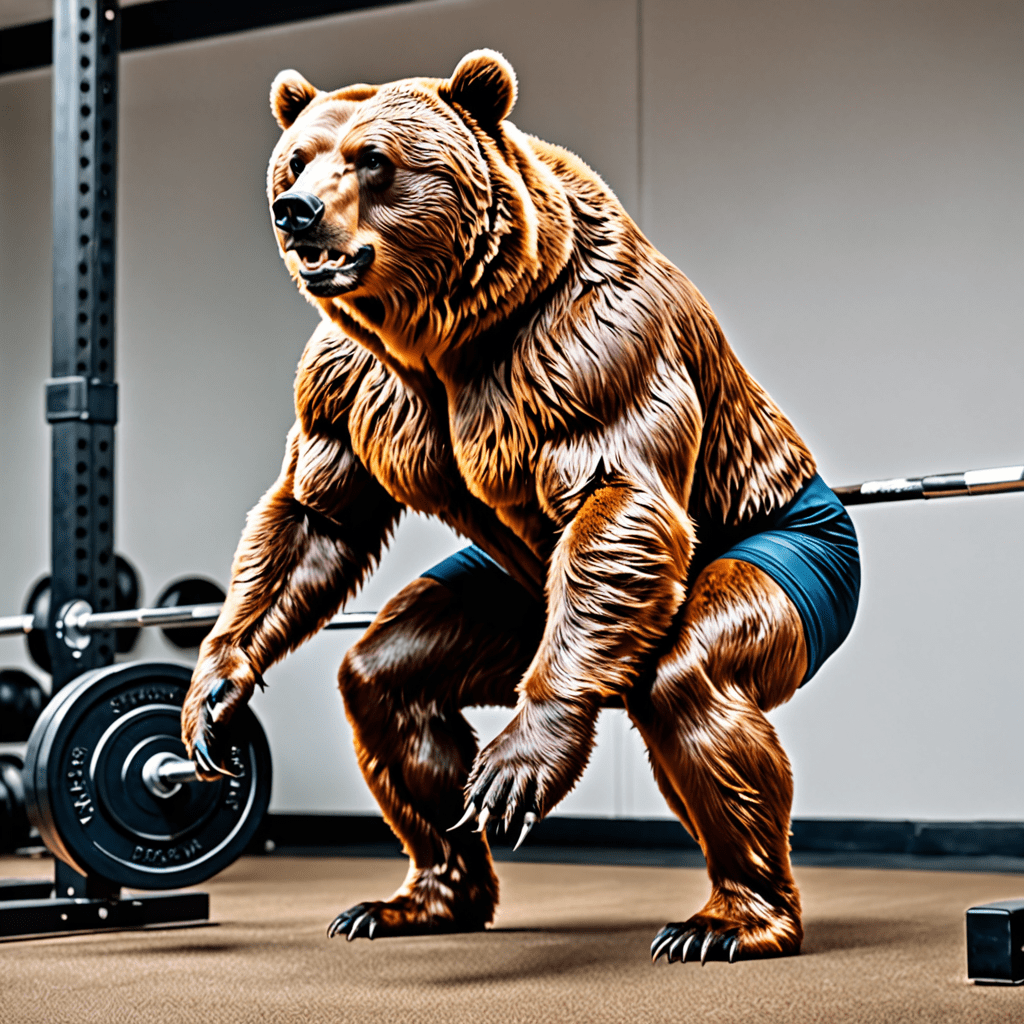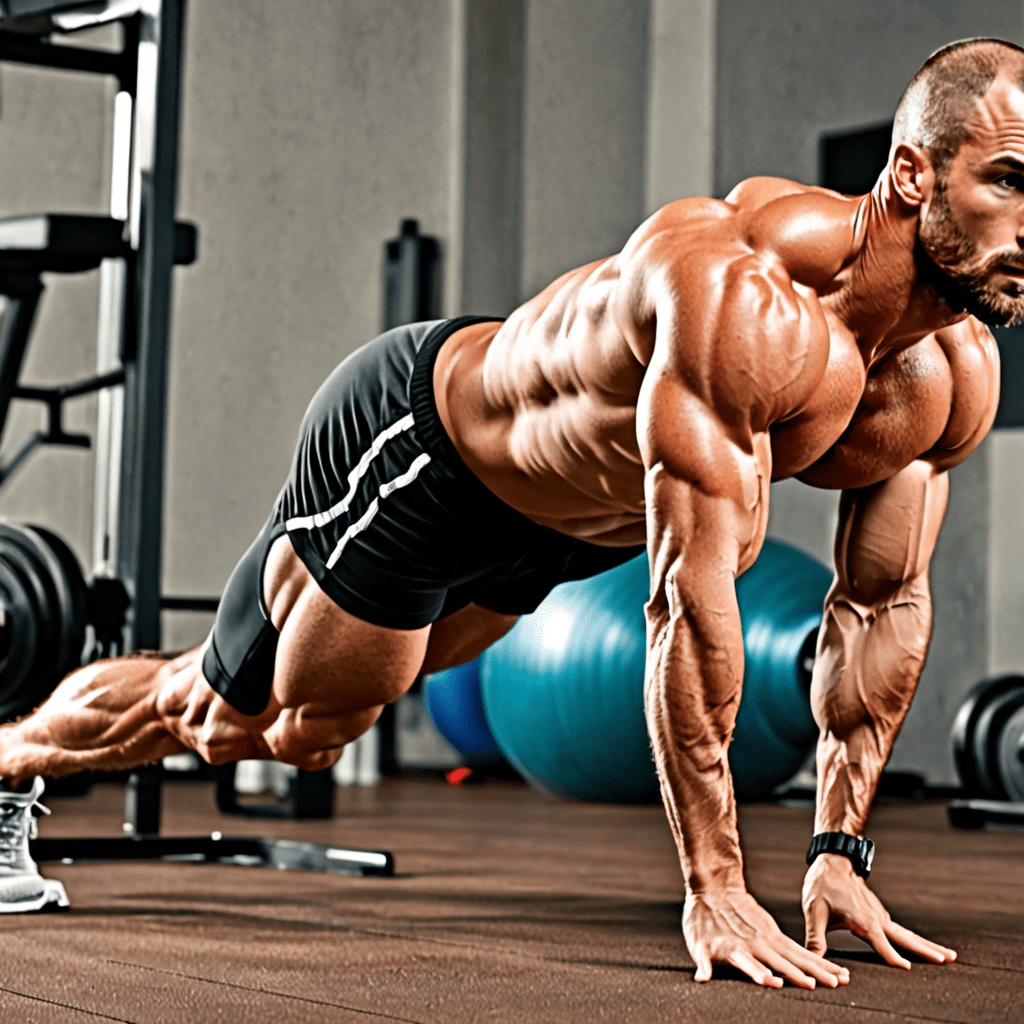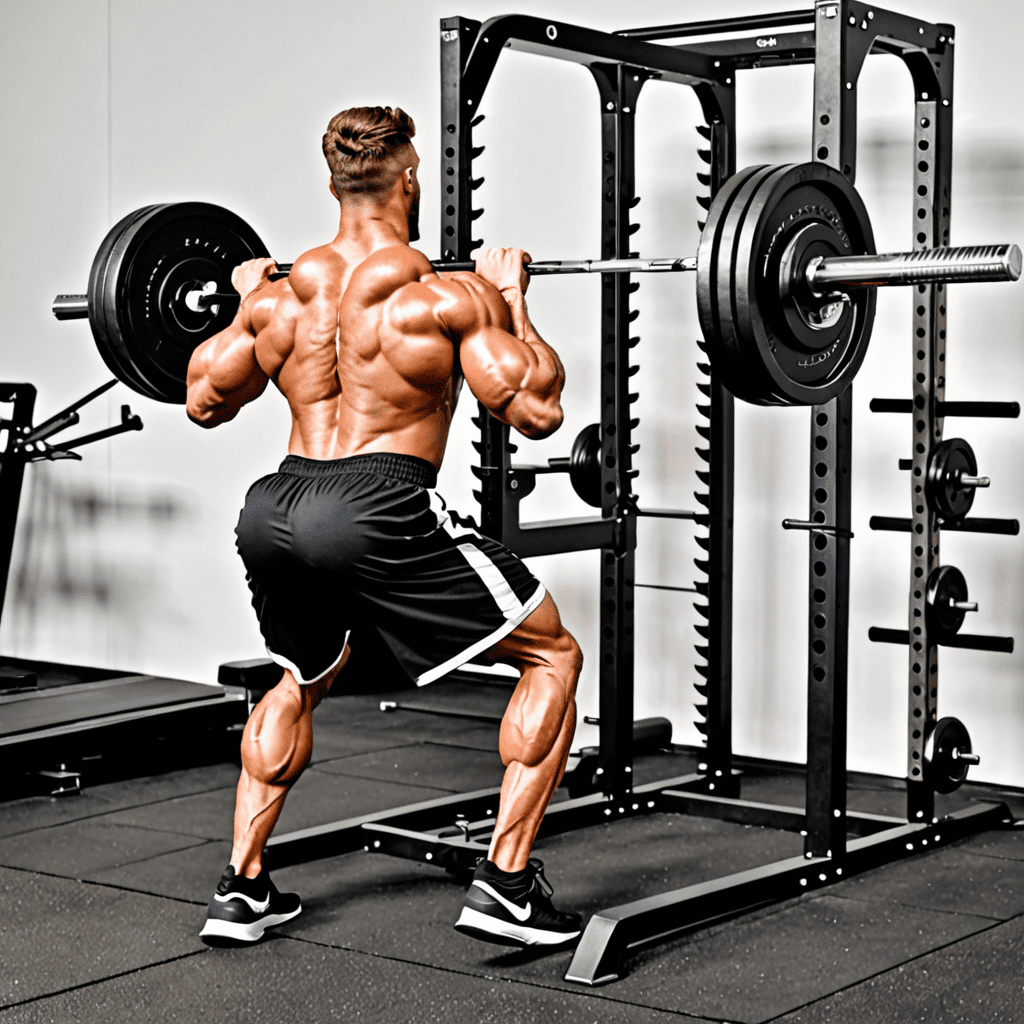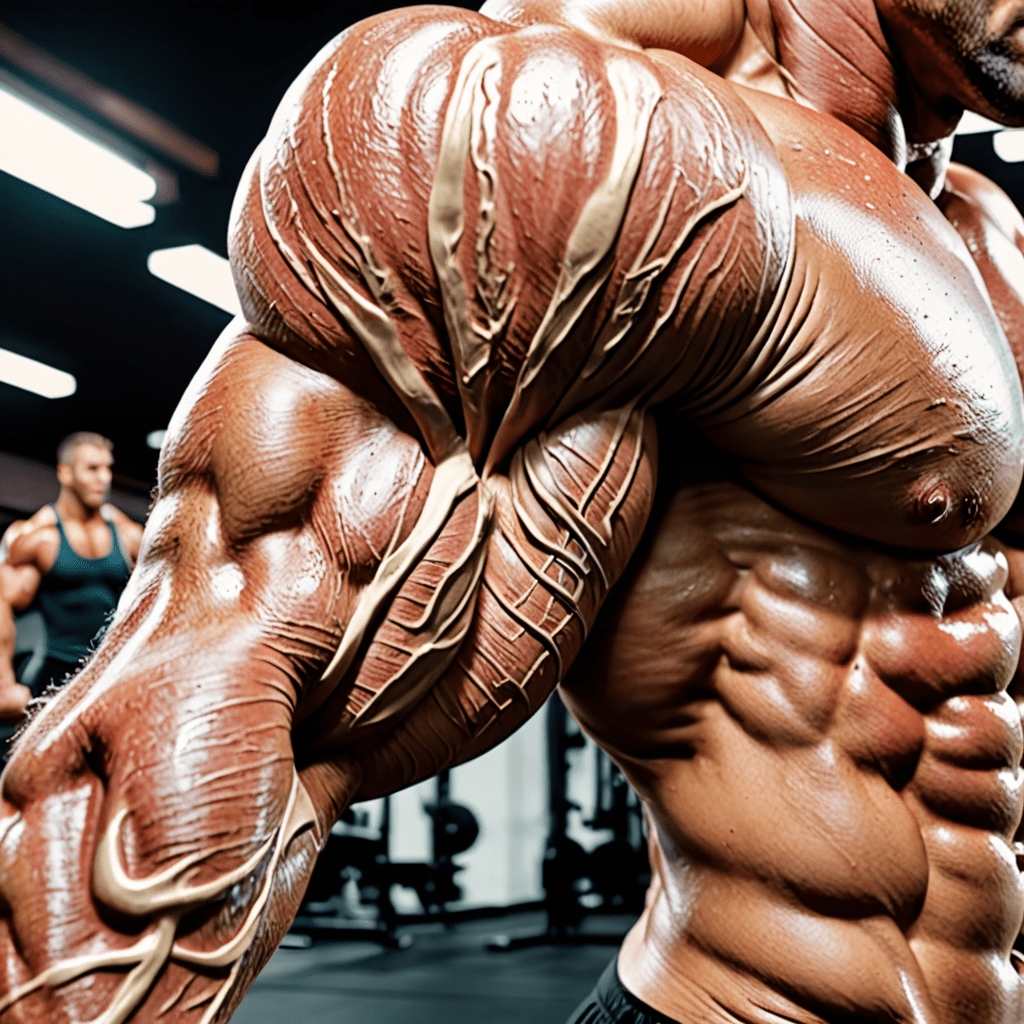
The Bear Squat: A Unique Twist on Lower Body Workouts
What is a Bear Squat?
A Bear Squat is a dynamic exercise that targets the lower body, primarily the glutes, quads, and hamstrings. It is a variation of the traditional squat, adding an extra challenge and intensity to your workout routine.
How to Perform a Bear Squat
To perform a Bear Squat:
- Begin by standing with your feet shoulder-width apart.
- Lower your body into a squat position, bending your knees and keeping your back straight.
- As you reach the lowest point of the squat, lift your heels off the ground and transition your weight onto your toes.
- Hold this position for a few seconds, then slowly lower your heels back down to the ground.
- Push through your heels and return to the starting position.
Variations of the Bear Squat
The Bear Squat can be modified to suit different fitness levels and goals. Here are a few variations to consider:
- Weighted Bear Squat: Hold a dumbbell or kettlebell at chest level as you perform the exercise. This adds resistance and increases the challenge.
- Single-Leg Bear Squat: Lift one leg off the ground, extending it in front of you as you squat. This variation enhances balance and engages the core muscles.
- Pulse Bear Squat: Instead of holding the squat position, perform small, controlled pulses at the lowest point of the squat. This intensifies the burn in the targeted muscles.
Benefits of Incorporating Bear Squats into Your Workout Routine
1. Targets multiple muscle groups: Bear Squats engage the glutes, quads, hamstrings, and calves, making it a comprehensive lower body exercise.
2. Improves strength and power: The added challenge of balancing on your toes increases the demand on your muscles, helping to build strength and power.
3. Enhances stability and balance: The Bear Squat requires core activation and stability, which can help improve overall balance and coordination.
Frequently Asked Questions about Bear Squats
FAQ
- Can anyone do Bear Squats?
Yes, anyone can do Bear Squats. However, if you have any existing knee or ankle injuries, it is advisable to seek guidance from a fitness professional to ensure proper form and prevent further injuries. - How many reps and sets should I do?
The number of reps and sets will vary based on your fitness level and goals. It is recommended to start with 3 sets of 10-12 reps and gradually increase the intensity as you progress. - Are Bear Squats suitable for beginners?
Yes, Bear Squats can be modified to suit beginners. Starting with bodyweight squats and gradually adding resistance is a great way for beginners to build strength and technique. - Can Bear Squats help with weight loss?
Bear Squats, like any other exercise, can contribute to weight loss when combined with a healthy diet and overall fitness routine. They help to increase muscle mass, which in turn can boost metabolism. - Are Bear Squats bad for your knees?
When performed with proper form, Bear Squats are not bad for your knees. However, if you have knee issues, it is important to consult with a healthcare professional or fitness expert before incorporating them into your routine. - Can Bear Squats be done without lifting the heels?
Yes, you can perform Bear Squats without lifting the heels if you find it uncomfortable or challenging. Simply focus on maintaining proper form and engaging the targeted muscles.


